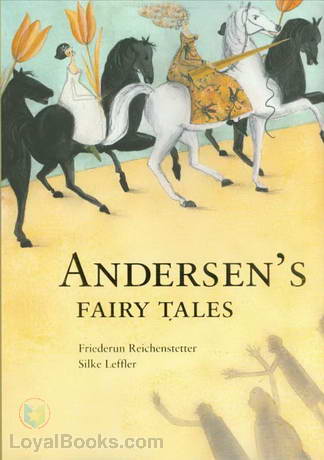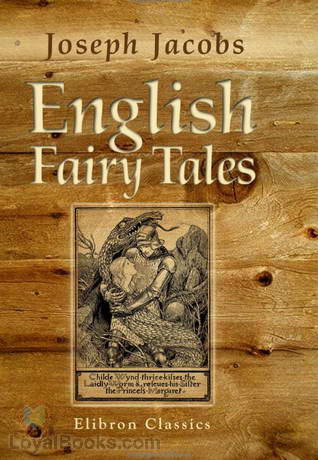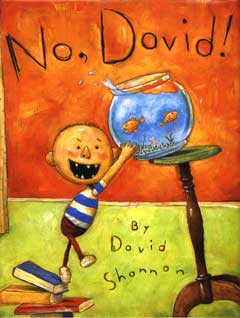Title: Norweigen Folktales: Why The Sea Is Salt, The Two Step-Sisters, Buttercup, The Best Wish,
Author: Peter Christen Asbjornsen
Publisher: Pantheon
Date: August 1982
Number of pages: 192 pages
Reading level: 9 and up
Genre: Fairy Tales
Summary: Asbjornsen writes beautiful fairy tales that flow and bring to pass a world in which a reader can escape from Reality. In the Two Step-Sisters a mother tells the bad sister to fetch water. When she refuses the good sister does and ends up in the bottom of the well. When she knocks on a few doors she ends up serving a lady and feeding her son, babysitting and sweeping. When asked what possessions she wanted to acquire, the good sister asked for the lesser in value with humility. When she left the woman's house, she was given a beautiful star upon her forehead. When she told her bad sister to do the same, the sister swept up lots of dirt, ate the food that she was supposed to feed the womans' son, and picked the high value items she was offered. When she left the woman's home, her forehead was spread with dirt. The mother then realized that the lesson here to learn is that she had not loved the good daughter enough.
My reaction: I felt that all of Asbjornsen's writings were pleasurable and fun. I thought they appealed more to the visionary arts to make you feel like you were right there in the story. He has a way of writing with descriptive detail to paint a picture in your head. I thoroughly enjoyed his pieces.
Potential problems: There are few sketchy fairy tales regarding disrespect and greed. There is no violence so other then the lack of morality in a few of this pieces I feel that there are no problems.
My recommendation: I feel that these stories are appropriate for all ages. I would delightfully and without questions share them to any elementary aged students on up to higher level education. I feel that these types of works can be used to teach children about fairy tales - more so then the other authors assigned for reading. Children will enjoy Asbjornsen's fairy tales thoroughly.




















